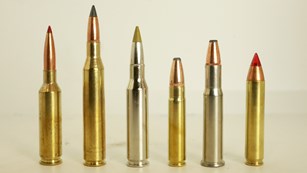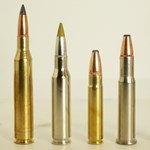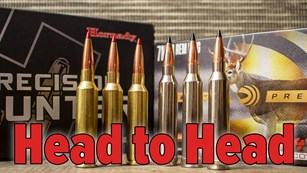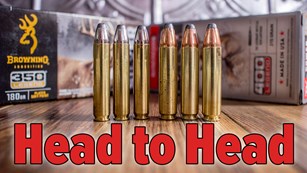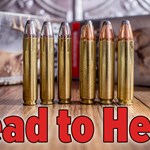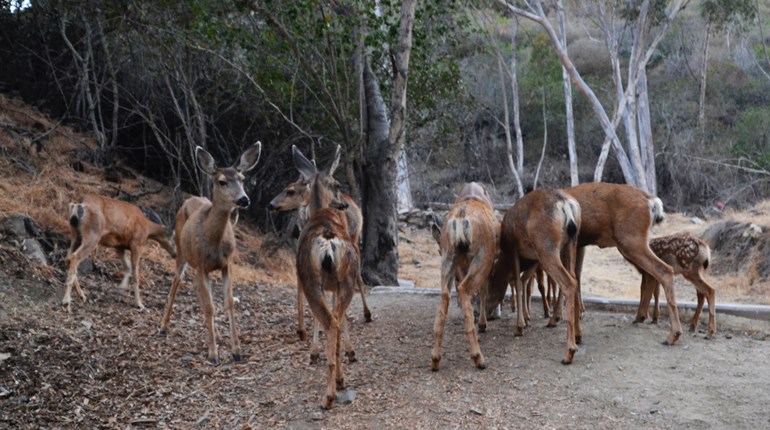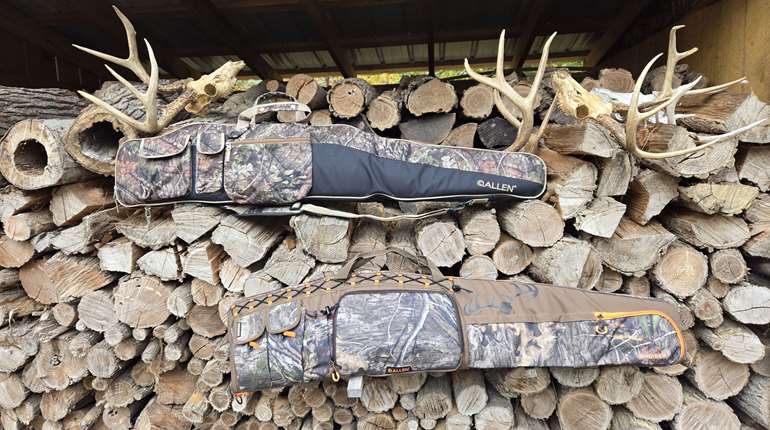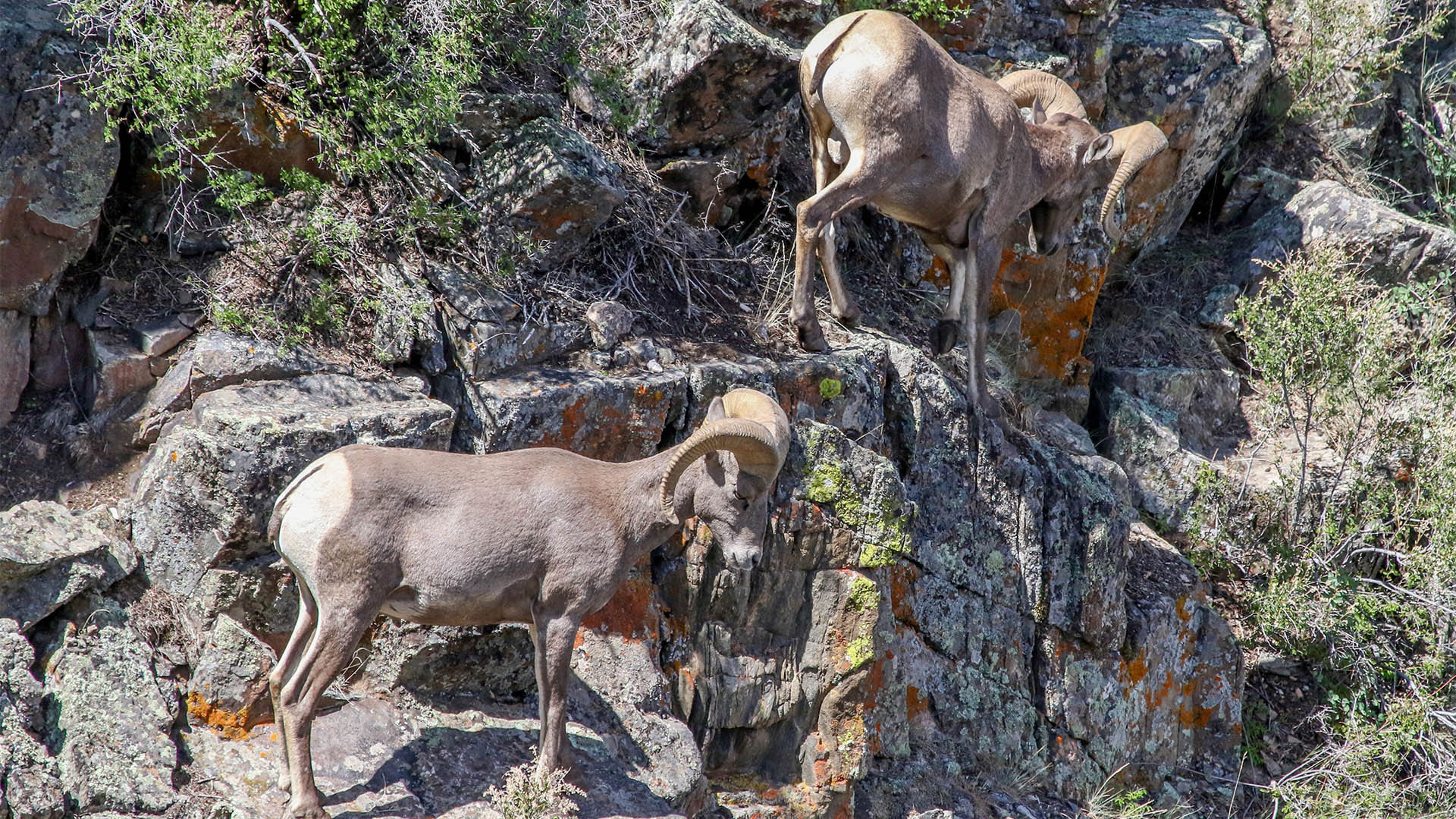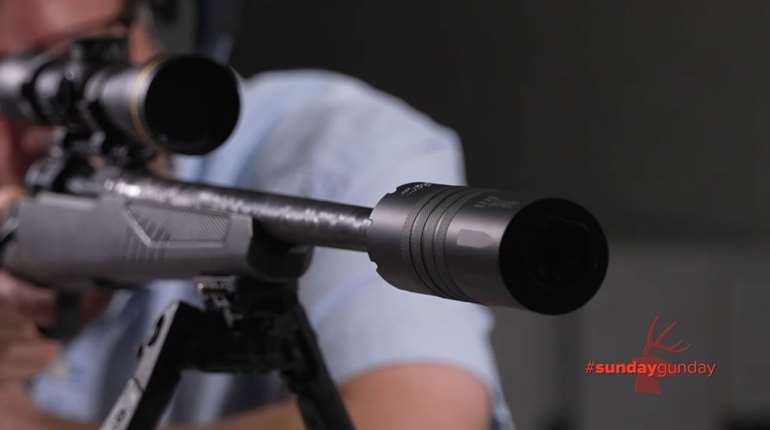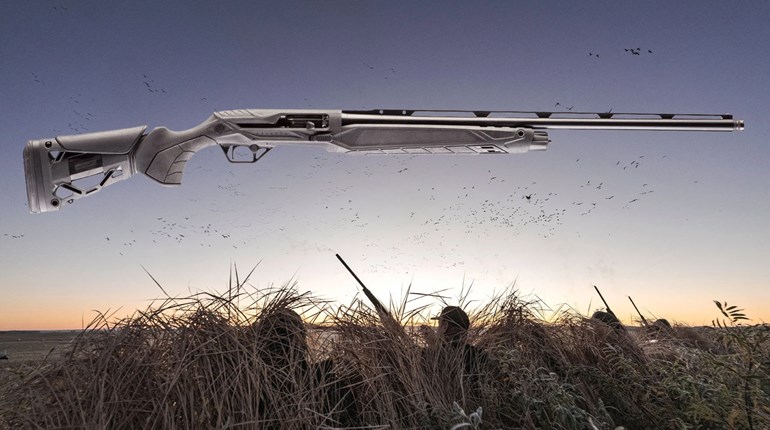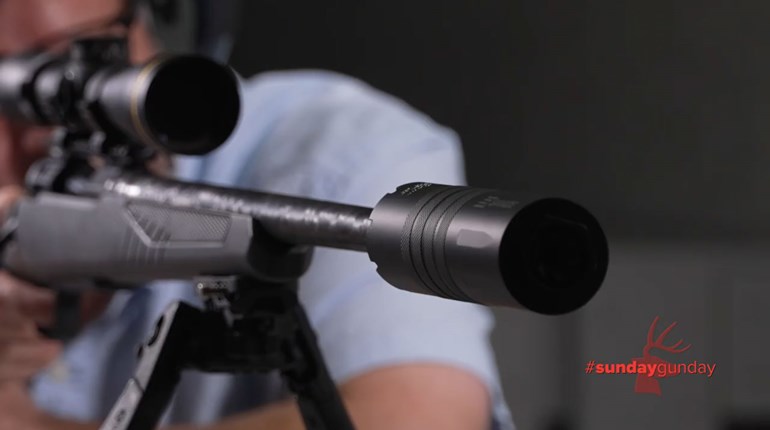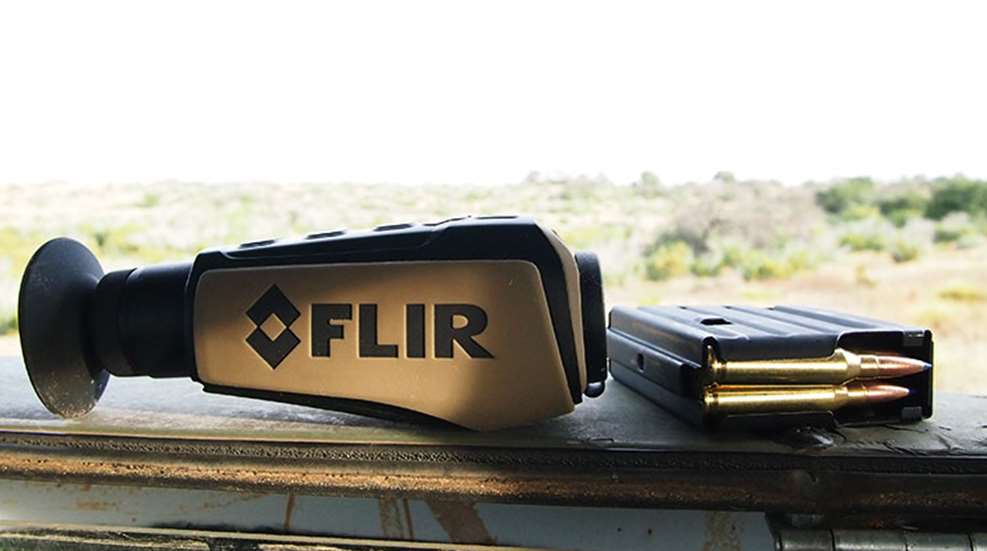
I climbed into my South Texas hunting stand an hour before shooting light. The stand sat near the top of a hill and about 130 yards from a deer feeder, according to my guide, with a rocky road crossing in front. Once I got settled, I broke out my newest hunting tool: the FLIR Scout III 640 handheld thermal vision monocular.
I slid open the stand’s plexiglass window and pressed the Scout’s start-up button. The Scout’s controls are positioned length-wise across the top of the unit and illuminate once the unit is activated. I set the color “palette”—the color you see when the device detects a warm object—on red hot, turned down the brightness and adjusted the magnification to 2X.
I spotted the hog right away. I zoomed up to 4X and saw that I had a pretty big one down there. Not only was the red figure in lens definitely hog shaped, his body was stout.
Of course, I wanted to shoot right then and there, but my scope was of traditional variety—not a night vision or thermal model—therefore, I had to wait for the light to come up. But I knew he was there.
In the meantime, I scanned the general area. Thermal units like the Scout III detect heat, and anything warmer than the surrounding air tends to stand out, if not always as brightly as warm-bodied objects like the hog. With the heat being given off by the low mesquite trees and rocks, I was able to identify the trails into the feeder area.
I watched as three small spots of red approached the feeder from behind. As the spots got closer and larger, I could tell they were deer by the height of their bodies and length of their necks. They got close enough to smell the hog and quickly exited in the other direction.
When there was enough shooting light, I put my crosshairs on the hog and pulled the trigger. Down he went. Having seen the reaction of the three deer to the hog, I hustled down to the hog and dragged him away from the feeder, got back to my stand, and using a combination of the FLIR Scout III and my binoculars, started my morning wait for a buck. Much of the South Texas landscape that morning had varying shades of tan, making it hard to see deer unless they were moving. But with the Scout III, I spotted the heat signature of deer bedded down on hillsides that I had missed with my binoculars.

FLIR’s Scout III models include the 240, 320 and the 640. FLIR enhanced the Scout III’s features over the earlier Scout II to include better heat imaging and advanced image processing. The 240 is the basic model with no magnification and a heat detection of 380 yards. The 320 is a step up with a 2X e-zoom, better imaging and can reach out 600 yards. The 640 is the top of the Scout III line with a range of 1,240 yards, the sharpest imaging and the ability to zoom up to 4X.
The Scout III’s are easily packable, weighing 12 ounces with a length of 6.7 inches. Operating directions are included, but the device is user-friendly. I was able to get a Scout III up and running in about five minutes.
The operating menu is straightforward, with a buttons for power, polarity, zoom and LCD Brightness. The Scout III also offers a choice of detection palettes (white hot, black hot, graded fire and instalert). No loose batteries, either. The Scout III’s have a built-in battery that is charged via plug-in into a standard 110-volt receptacle. Plug-in and charging cord are included. There is a 1/4-20 mount on the Scout III 640 for a tripod style mount as well.
Unlike the larger and pricier FLIR monoculars, the Scott III’s do not have photo or video capability. And while these units are small, they carry significant price tags. In early November, FLIR temporarily lowered the prices on the Scout III units; they still run between $1,399 for the basic 240, $1,999 for the 320 unit, and just under $2,800 for the model I tested. While it’s an expensive scouting tool for the average hunter, the FLIR Scout III’s benefits outweigh the steep price tag.
Technical Specifications
Model Reviewed: FLIR Scout III 640
Dimensions: length 6.7″; width 2.31″; height 2.44″; weight 12 ozs.
Detector Type: 640 × 512 VOx Microbolometer
Video Refresh Rate: 30 Hz NTSC
Power Source: internal Li-Ion cell (included)
Battery Life: approx. 5 hours
Focal Length: 33mm fixed focus
MSRP: $2,799




